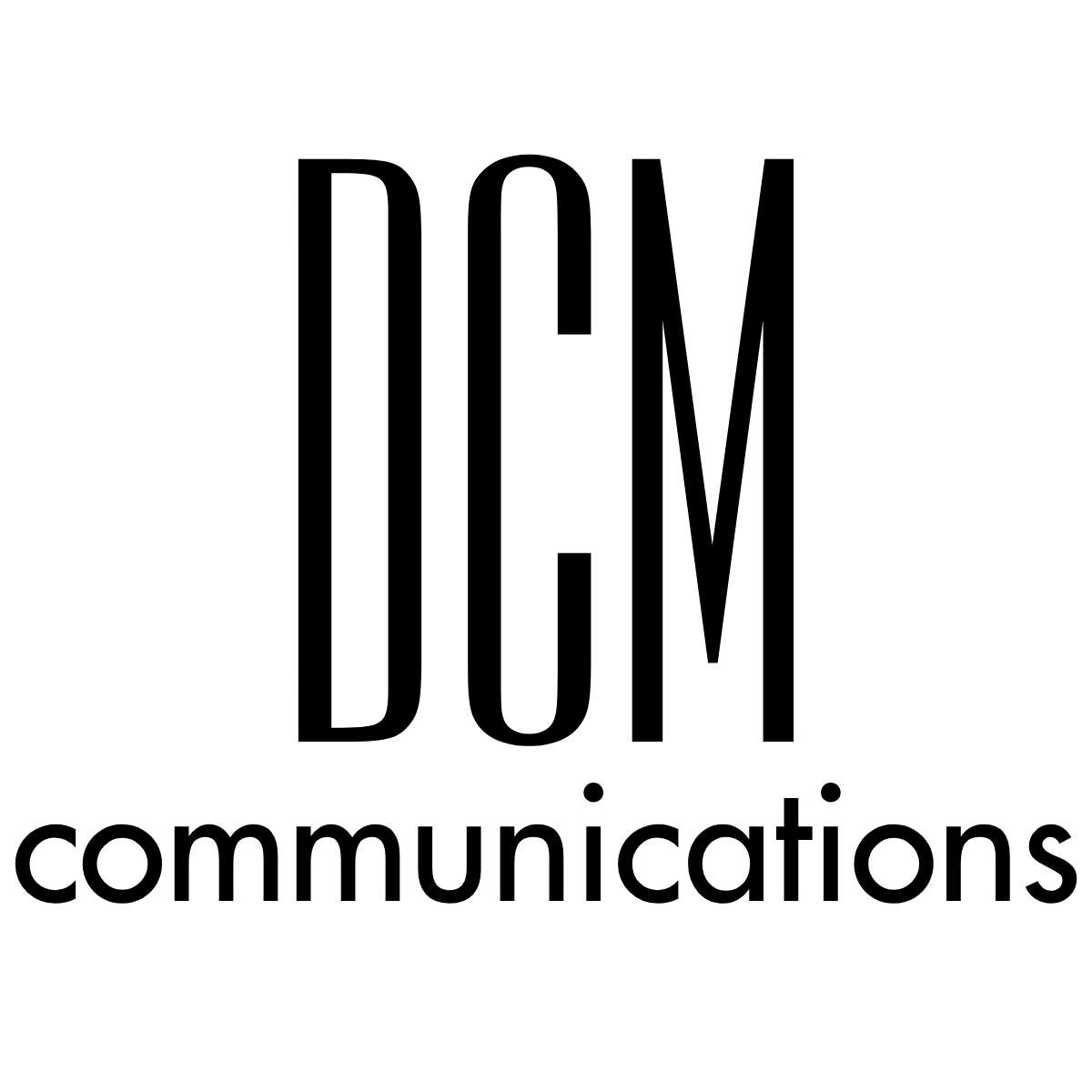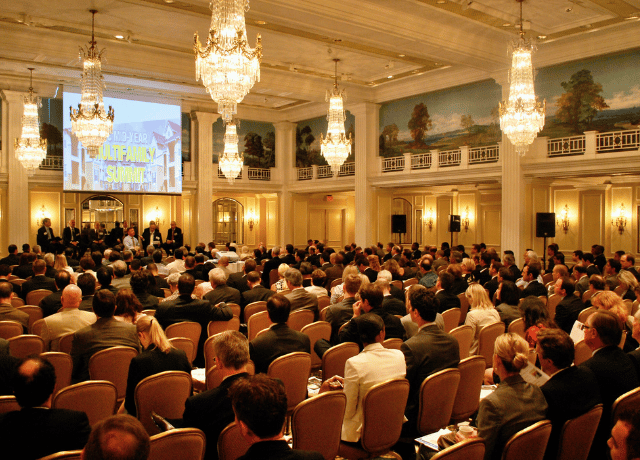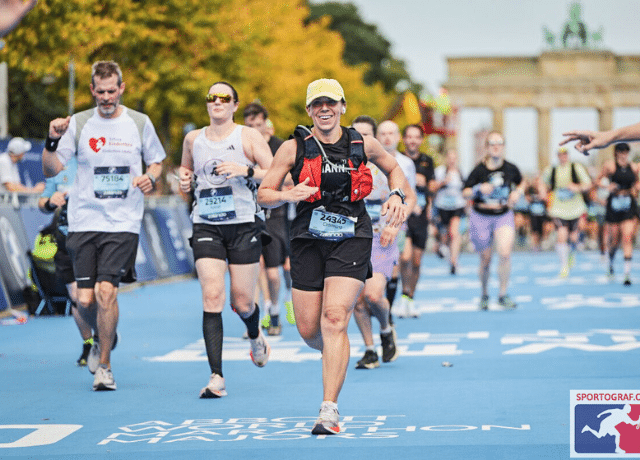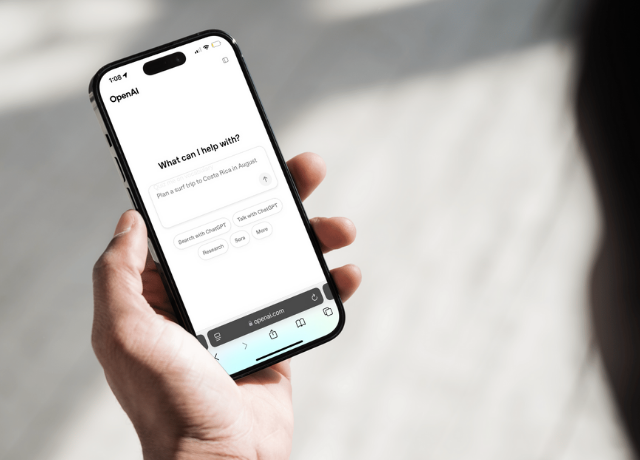Don’t Make These 4 Mistakes with Your Event Marketing
You’ve got a great event strategy figured out, locked in the logistics, started signing speakers, created a website, and it’s time to start selling tickets. After all, the best strategy and planning the world won’t matter if you don’t have butts in seats.
The last thing you need at this point in the months/year-long planning process, particularly if it’s a multi-day event with all the moving parts, is to be stressing over whether you’re going to fill the room(s).
I’m going to give you the benefit of the doubt that your speakers are baller and the strategy is on-point, so let’s set you up for success with that promotion process shall we?
To do that, I am going to share the biggest event marketing mistakes I’ve been seeing lately so you can avoid them like a dog sidestepping grates on the sidewalk.
Mistake 1: Complicated ticket tiers
🚩 If you think it’s easier to explain the ticket tiers via a video than in writing, they are too complicated.
🚩 If each tier does not build on the one before, they are too complicated.
You want to make it as easy as possible for people to give you their money, so if they can’t figure out which ticket to buy to access the content they want, you are hurting your revenue potential.
Ticket tiers should look something like this:
Tier 3
Item 1
Item 2
Item 3
Tier 2
All tier 3 +
Additional Benefit 1
Additional Benefit 2
Tier 1
All of tier 2 +
A bigger bonus 1
A bigger bonus 2
Note the way that Tiers 1 and 2 start with “All of…” the previous tier. Do NOT waste precious space on your ticketing website with extra copy by repeating what has already been said.
In fact, I’d recommend you take a page from the software industry and break down your tiers in a graphic such as this:
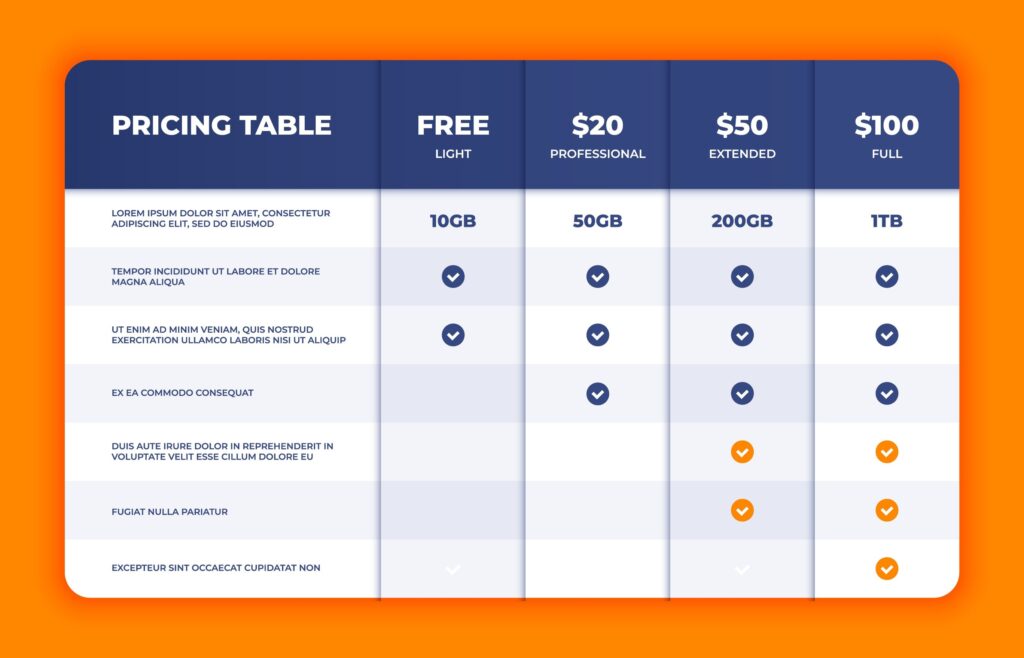
The biggest hindrance you will have to increasing ticket sales, besides a general lack of promotion, is when people don’t understand what they are getting.
Mistake 2: Waiting too long to start selling tickets.
Y’all, I know that human behavior, and personal experience, has shown that people wait until the last minute to buy tickets for events if they are local. And by “last minute” I mean anywhere from two to seven days out.
However, if you don’t start promoting even earlier than that you are truly missing a huge opportunity. Particularly those who want to come but may be struggling with the ticket price.
Hello early birds 👋 They may pay less, but these folks are the loyal souls who are willing to make that commitment to you and your brand quickly. Give them the chance!
Additionally, if you are expecting people to travel, then you need to take into consideration the current state of airfare and hotel prices as well as the time of year you’re asking them to come to your city. For instance, if your city is a hot destination at a particular season (i.e. New York City in December) then providing more notice to people about the conference will allow them to book further out and get a better rate than those last-minute flights and accommodations.
The closer you get to that event date, your chances of getting local ticket buyers increases and travelers go down significantly. Set yourself up for success! Give people a chance to travel to your event, which means you have to give them more than four weeks notice.
Mistake 3: Having an out-of-date website.
I honestly cannot believe I have to say this, but recent evidence says that I do.
The second you confirm a speaker, add them to the event website. Info to include:
Name, title, company AND link that company name to their website.
(NOTE: If you don’t feel comfortable giving them a dofollow backlink from your site to theirs – ie. a nice SEO gesture for them – then maybe you evaluate if they are truly a good speaker choice.)
After you update the site, send an email to the speaker showing them that they have been added. People LOVE to see their name in print. They love it even more when it’s not on a property they own. Give them a chance to show that off to their audience.
Next, add that speaker’s info (and headshot if possible) to your next series of emails going out to your list promoting the event. Add them to the social posts too.
Speakers are a big draw for attendees. Utilize them in your event marketing materials.
Beyond their name and face recognition, take it a step further and include the topic they are going to be speaking about. What are the takeaways attendees will get from listening to this person? Not everyone who is worthy of being a speaker is a household name (yet) so it could be the session and takeaways that draw in ticket sales vs. the speaker’s name.
MISTAKE 4: A disjointed registration process.
This goes back to that original point I made about making it as easy as possible for people to give you their money. That means a streamlined ecommerce process.
Example:
“Save My Seat” button → Landing page with ticket tiers → Add to cart → Name, email, and payment info.
That is ALL.
Yes, you may want to know a ton of other info about them (company size, budgets, etc), but find that out later. For now, you need to focus on getting them in the room so only collect the bare bones of what you actually need to do that.
Form abandonment is real and the more fields you have, the higher your abandonment rate goes.
Also, notice I mentioned those simple ticket tiers again? You can have all of the best email campaigns and social media promotions, plus an up-to-date website and still lose a sale.
Why? If they click a button to register (as is the goal) and land on a page where it is unclear what they get with each tier, that potential buyer will bounce away and all that content creation & execution will have fallen flat.
Keep. It. Simple.
Simple + streamlined = event marketing success!
Questions? Let’s chat.

